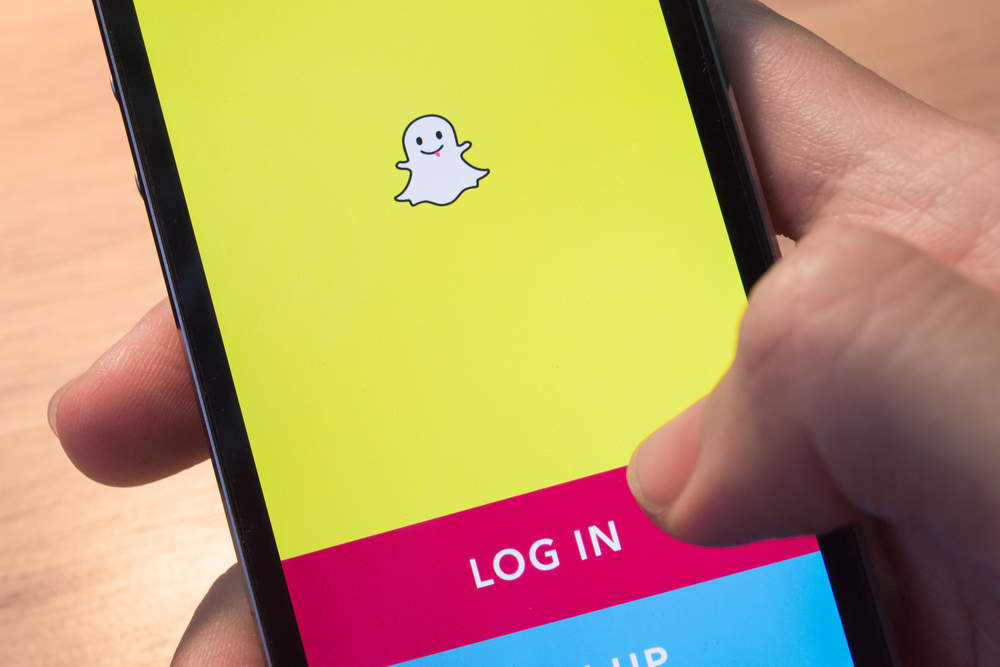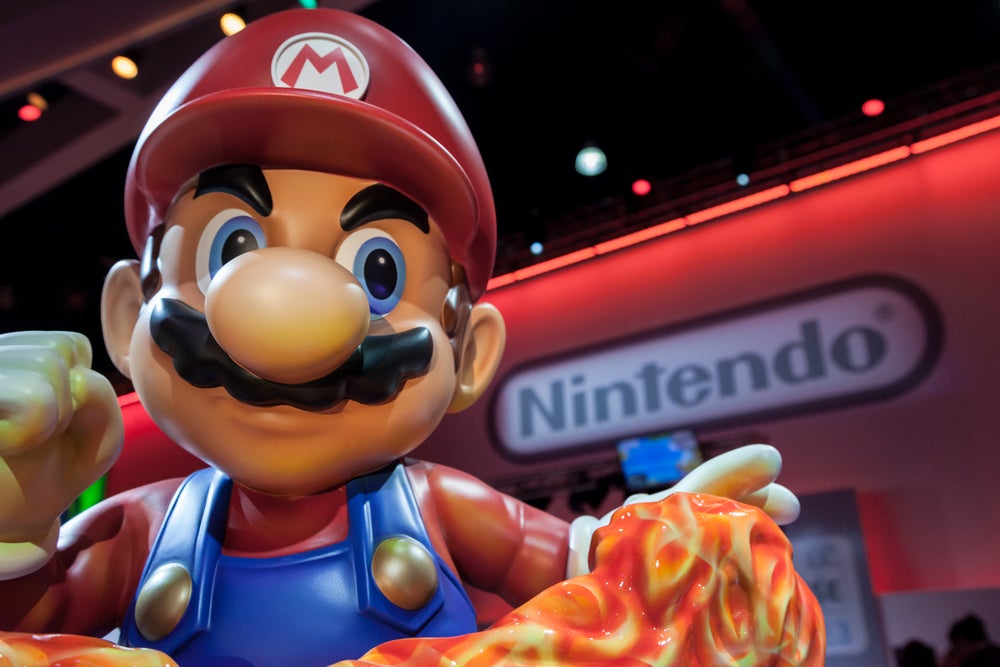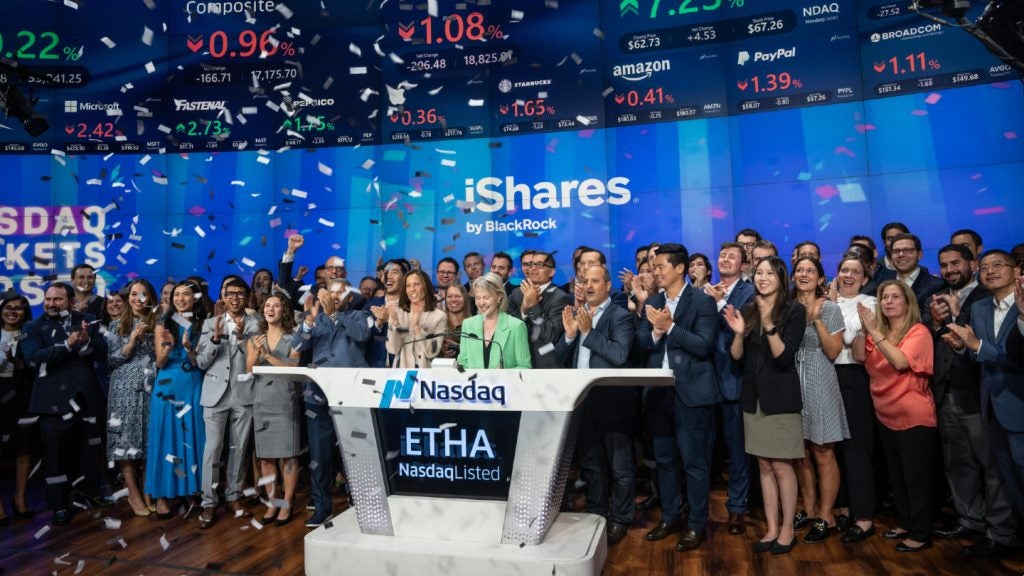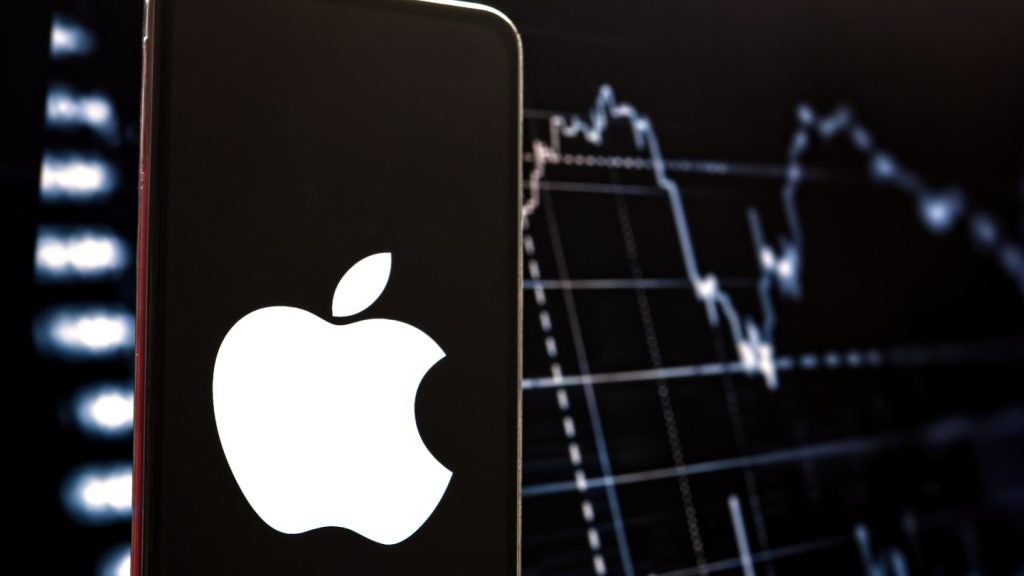
After a year dominated by reports of its rapidly declining popularity, Snapchat finally has something to celebrate. Snap Inc, the parent company of the picture messaging app, has defied expectations by revealing that the number of Snapchat users has stabilised.
Published yesterday, the company’s quarterly report shows that revenue increased 36% year-on-year to a record $390m in Q4 2018. Although the company is still operating at a loss, operating loss improved from $166m to $195m year-on-year.
However, what has interested investors the most is the number of daily users. The dramatic drop in the number of Snapchat users was well-documented after social media personality Kylie Jenner tweeted that she was “so over” Snapchat causing many of her young fans to follow her lead and abandon the app.
For the first time in two quarters, the number of daily active users (DAUs) has stabilised. The number of Snapchat users stood at 186 million in Q4 2018, still one million less than 187 million users in Q4 2017, but equal to the 186 million the app had in Q3 of 2018. This suggests that the rate at which users are leaving the app has slowed, easing fears that it would continue to lose users into 2019.
Wall Street analysts predicted that the number of DAUs would drop to around 184 million.
Snapchat users news drives share price boost
In a news release to investors, Snapchat also highlighted that in Q4 2018, iOS DAU increased both quarter-over-quarter and year-over-year, and average time spent on iOS grew faster during Q4 2018 than during Q4 2017, suggesting that the app is still popular among iPhone users.
As a result, share prices have risen by more than 20% in after-hours trading, although they are still half what they were when the company when public in 2017.
After an unpopular update and increased competition from Instagram Stories since its launch in 2016, the photo messaging app has struggled since going public, with a significant drop in the number of daily users. In 2018, the number of daily active users fell to 186 million after peaking at 191 million Snapchat users in the first quarter.
Instagram Stories, which has many similar features, has 400 million daily users in comparison.
Snap attributed its recent change of fortune to several new features such as Publisher Stories, Snapchat Shows and Commercials.
Looking forward to the next quarter, revenue is expected to be between $285m and $310m, or grow between 24% and 34% compared to Q1 2018. In a conference call, the company said it was “cautiously optimistic” that the DUAs will not decline in Q1 of 2019.
Snap CEO Evan Spiegel said:
“In 2018, we focused on building a foundation to scale the business over the long-term by driving sustainable product innovation, scaling our advertising platform, and hiring the leadership team that will help us achieve our future goals. We ended the year with user engagement stabilising and have started rolling out the new version of our Android application to a small percentage of our community.”
Spiegel also said that the company was “substantially closer” to achieving profitability.
Is this enough?
Although Snap may have demonstrated that it is able to break free of its downward spiral, is stabilising enough for the app to survive?
In the past, once-popular sites have fallen victim to poorly received redesigns. In 2010 social news aggregation Digg lost over a quarter of its users, with many migrating over to Reddit following a site redesign.
Snapchat may be attempting to remedy the situation and ensure it does not meet the same demise. Snap has announced an Android app redesign, after many Android Snapchat users complaining of bugs within the app. Snap told investors that it was rolling out a new version of the app in an early test.
However, with many other sites launching similar features, including the augmented reality filters Snapchat is known for, Snapchat may not have done enough to win back its once-loyal fanbase. Instagram Stories and Facebook Messenger Stories now have around 800 million users between them, and with the combined might of Facebook, Instagram and Whatsapp looking to dominate the increasingly crowded instant messaging market, Snapchat may struggle to compete
Another app competing for the attention of the younger demographic is TikTok. In 2018, the Chinese video sharing app reached 500m daily active users and was the most popularly non-game app in the first quarter of the year.
After a flurry of executive departures last year, Snap Inc may need to aim for more than stability if it is to generate substantial revenue and win back the older demographic.
Commenting on Snapchat’s Q3 2018 results, Dr Ben Marder, Senior Lecturer in Marketing at University of Edinburgh Business School, doubts the platform’s capability to achieve global domination:
“A snappy recovery is problematic, as where can it grow? Snapchat has already achieved excellent penetration in the US and Europe for the 13-24 year old demographic, going younger would be unethical, going older would be its end. Imagine parents saying to their children that they want to snap a picture of their dinner – cue mass exodus.
“The only real option available to Snapchat is to expand into developing nations. The problem is these nations are predominately Android-based, a platform that is currently not friends with this product. Making matters worse, Facebook and Instagram have been quick to copy Snapchat’s unique selling points, the ephemerality of its posts. When WhatsApp joins the ephemeral party, Snapchat’s potential growth in developing countries will be contested with platforms that are already well adopted, with little to bring to the table apart from some slightly dubious augmented reality filters.”







